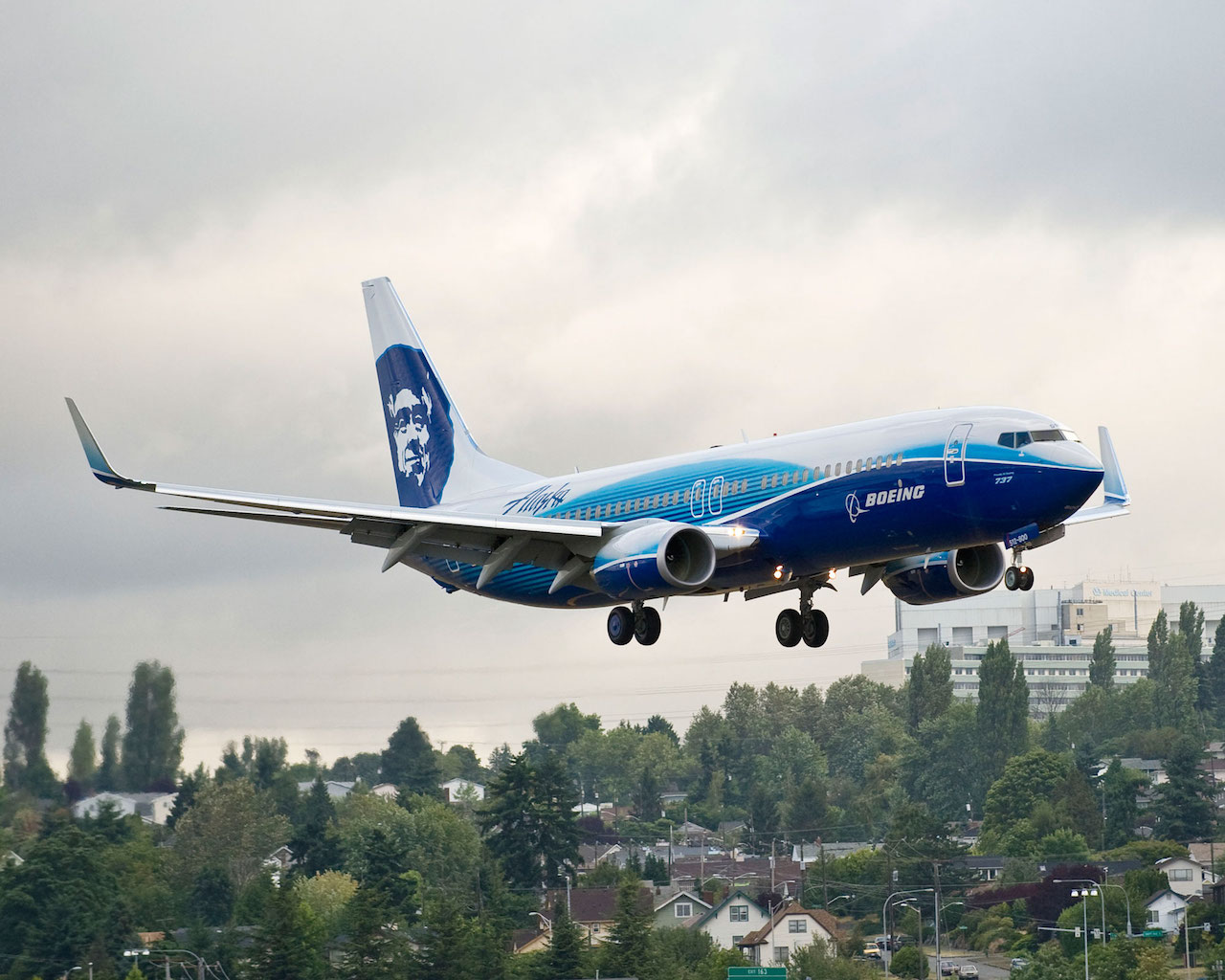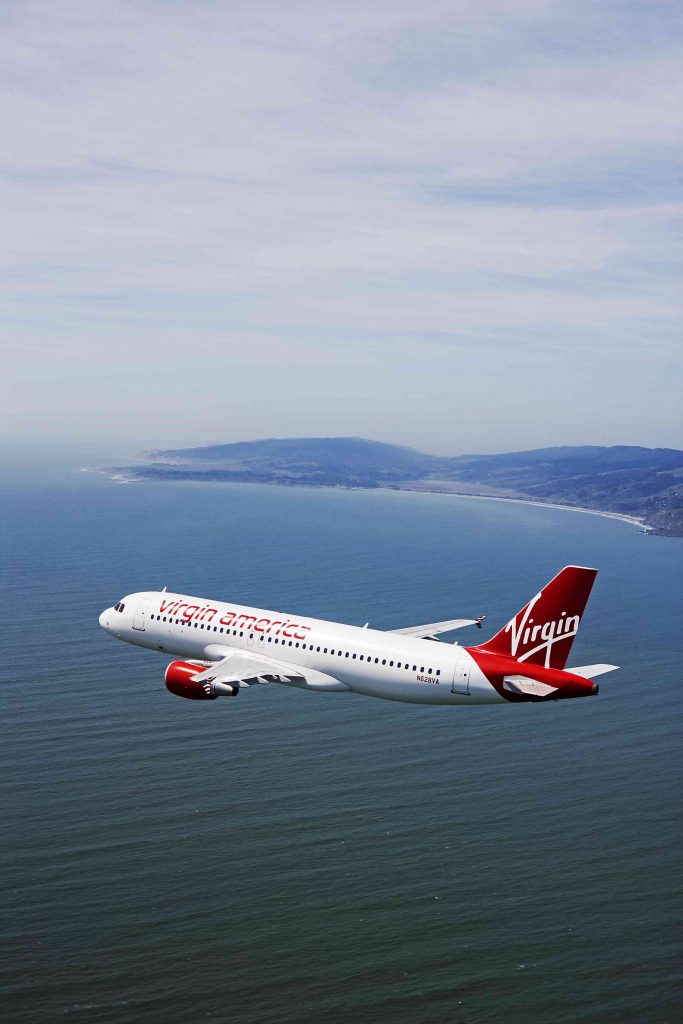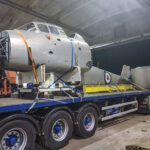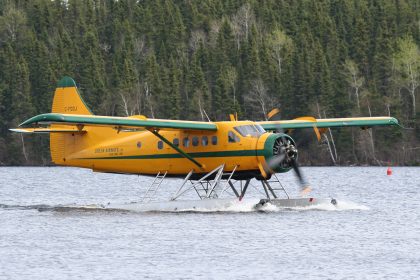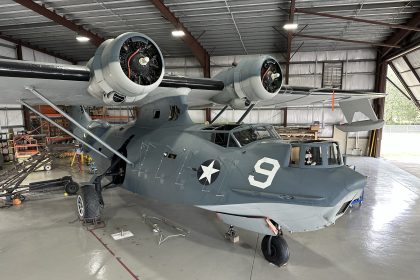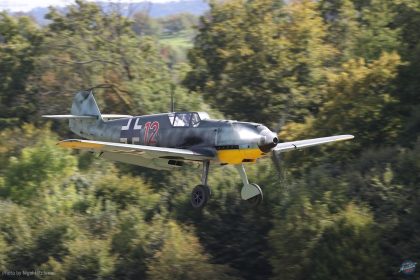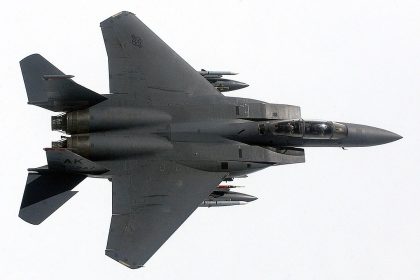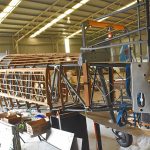Every year, flights produce almost a billion tonnes of CO2. This is a lot. The airline industry is one of the fastest-growing industries that is quickly and effectively rebounding from the hits it had to take during the pandemic. This means it is also one of the fastest-growing sources of greenhouse emissions.
Many airlines are fully aware of these facts, and they have already started taking steps to address the challenge. Take a look at what they plan to do to provide green travel in the years to come.
– Fuel efficient aircraft
Many airlines opt for new aircraft that are built using the latest technological advancements. Plane manufacturers have also made it their priority to design and sell increasingly fuel-efficient aircraft. In fact, fuel efficiency has become one of their key trump cards when vying for customers. Profit margins are slim in the aircraft manufacturing industry, so every new breakthrough in reducing fuel consumption buys companies new and more customers.
– Alternative sources of fuel
Airlines use kerosene fuels to fly their jets. These fuels are generally derived from petroleum. Some companies are already looking into the possibility of supplanting kerosene fuels with hydrogen, but we have a long way to go before we see hydrogen-burning engines fitted on commercial aircraft. Others are considering drop-in fuels. These types of fuels must have similar properties as kerosene fuels, such as flow and performance at low temperatures. Sustainable aviation fuels (SAFs) can be produced by blending them with kerosene fuels. It will take another 5 years or so before we see SAFs being tested and used.
Some companies are also testing the idea of using synthetic paraffinic kerosene (SPK) that is derived from sugarcane and corn, as well as plant and agriculture waste. When these are converted to ethanol, they can be refined to produce new and sustainable types of fuels. But a lot more research is still needed to put these ideas into practice. Many college students like to research these ideas through their college studies. If you are one of them, you should use the best college paper writing service to complete your research to the best academic standards. Professional writers will complete your assignment on time and at the best rates possible.
– Building materials for planes
Another way airlines and plane makers are trying to go green is the way they develop and choose materials. Researchers keep looking for new types of composites and coatings that are lighter and thinner while being more durable and resilient. This can bring multiple benefits. The use of new materials reduces the cost of production and decreases the wear and tear of planes. It also makes them more aerodynamic, which means planes need to use less fuel to reach their destinations. All of this has an inextricably and invariably positive effect on the environment. Indeed, the future belongs to companies that use sustainable planes built with sustainable materials. Information about scientific achievements related to the above materials is available in many different languages. Read reviews of the best translation services to identify a reliable service. Professional translators will help translate scientific texts at any academic level and difficulty.
– Sustainable food services
Many airlines are now relying on sustainable, locally produced foods. This is a smart strategy from both the business and environmental points of view. A lot is saved on the transportation of food, leading to significant cost savings. Less transportation means a reduced carbon footprint. Some companies adopted a “farm-to-plane” concept. The idea is to have access to fresh foods all the time. Again, the benefits are twofold. It makes a lot of business sense because airlines can keep their customers happy. No one would object to fresh food in any class. It also means fewer carbon footprints due to reduced transportation costs.
– Educating travelers
Airlines have also started educating their customers about different ways in which they can also make significant contributions. Not all know how much difference their actions, however small, can make. It is best practice to fly coach instead of business class, even if you can easily afford it. It is also advisable to pack light when traveling to carry less weight. Less weight invariably means less aviation fuel used. Airlines disseminate this information in different languages. They use the top translation agency to ensure the highest quality of translation. This helps them reach a large audience across the globe.
Others go further by offering advice on sustainable tourism, eco tours, and environmentally sound behaviors. These are all small steps that everyone should take to make a big difference in the end. Overtourism has already started doing a lot of harm to the environment, so the above education efforts are paving the way for more sustainable forms of tourism.
– Strategic targets
Many airlines joined forces to agree on common strategic targets for the aviation industry. Carbon-neutral growth from 2020 meant stabilizing the net carbon emissions despite increased air traffic. By 2050, net carbon emissions must be reduced by 20 percent compared to the 2005 level. More than 81 countries, accounting for nearly 80% of international aviation activity, will participate in the UN-led Carbon Offsetting and Reduction Scheme for International Aviation. The scheme aims to curb emissions through the purchase of carbon offsets, which are designed to compensate for emissions.
Bringing It Together
Airlines are significant contributors to carbon emissions. Many of them are taking steps to reduce their carbon footprint. There is no single solution to the problem, and it requires a concerted effort on the part of airlines, plane manufacturers, passengers, governments, and others involved to achieve sustainability goals.
***
Ruby Butz is a long-time writer, researcher, and avid traveler. She has also made a name for herself as an ardent environmental activist. Ruby has carried out academic research looking at the impact of the transport industry on the environment and our lifestyle.







